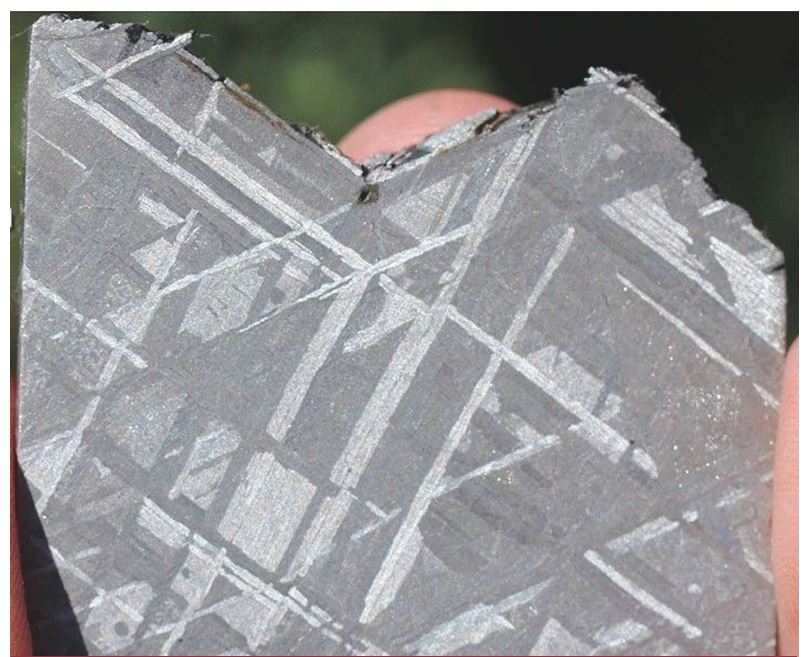Corrosion, being a reaction between a material and its environment, can be minimised by creating a benign environment rather than looking at expensive materials such as iridium. And, in theory, it is not hard to find a very benign environment—simply head upwards for 100 km or so into space. No water, no oxygen, and no chemicals are present to cause corrosion. Of course, there will be all sorts of other trepidation’s such as temperature and pressure extremes, fast moving space dust and rocks, and exposure to high levels of ultraviolet (UV) radiation, any of which may destroy many materials. But true chemical corrosion is unlikely to be a concern.
If, or when, a base is set up on the moon, inhabitants will need to protect their materials from the natural environment. The high UV radiation will damage many organic materials such as paints and plastics. The sharp moon dust, which is not subject to wear and rounding from weathering, will destroy exposed bearings and any other contacting surfaces. The temperature extremes will cause thermal fatigue of metallic and non-metallic materials. The absence of corrosion from rain, oxygen, and marine salt is unlikely to be much comfort to engineers designing human habitation and facilities on the moon.
The spacesuit worn on the moon by U.S. Astronaut Neil Armstrong has been found to be degrading and currently undergoing restoration. But it is neither the space or the moon environment that is the culprit behind the damage. Plasticizers leaching from the polyvinyl chloride, rubber breaking down and degrading, physical damage arising from poor handling and storage, and vintage perspiration stemming from long-ago astronaut activity have all combined to ravage plasA slice of the Muonionalusta meteorite found in Sweden in 1906. The etch (Widmanstätten pattern) arises from the very slow cooling during formation. Very little surface oxidation has taken place as it was buried deep after it fell to earth about a million years ago. Photo courtesy of Robert Francis. tic and metal components. It is hoped that conservation efforts will significantly slow such damage, but it does seem a shame that one of the most important symbols of our age will not be seen by our descendants in a few hundred years’ time.

Earth’s sister planet Venus also seems to be a corrosion nightmare. A number of Soviet Union-era Venera space probes landed on that planet’s surface in the 1970s and 1980s, but only sent data for an hour or so. Venus has corrosive sulfuric acid (H2SO4 ) in its upper atmosphere, but at the surface it is the high temperature (~450 °C) and high pressure (~90 times Earth’s pressure) that would have destroyed these landers. The titanium spacecraft now would probably be twisted bits of metal on the surface, but corrosive metal loss would probably be minor.
Away from physical problems of heat and pressure, space is remarkably benign. The building blocks of our solar system are rock and metallic asteroids that have been circling the sun for billions of years. Metallic asteroids are largely made of iron with ~10% nickel and traces of other elements (such as iridium that was found in the meteor that led to the extinction of the dinosaurs), and only have a surface tarnish from the solar wind after all those years. Such an alloy would readily corrode on Earth, and meteorites landing on the Earth’s surface will oxidize when exposed to water and oxygen; but in space they remain largely in the same state as when they were first formed during the birth of the solar system.